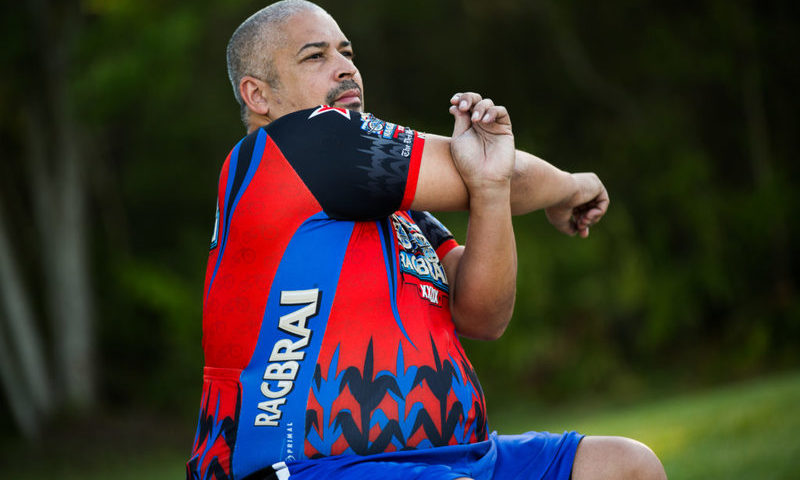Exercise is a key part of any healthy lifestyle, regardless of whether you have a goal for weight-loss or weight management. However, before starting any physical activity plan or program, be sure to check with your healthcare provider.
Increasing the amount of exercise that you do will help you feel better and give you more energy. Physical activity can not only help you manage your weight, but it can also can you control or prevent many health conditions.
Exercise Guidelines
How much exercise should you get? According to the Centers for Disease Control and Prevention (CDC), adults ages 18-64 should get the following amount of physical activity each week.
- 2 hours and 30 minutes (150 minutes) of moderate-intensity activity, like brisk walking, every week AND 2 days or more per week of muscle-strengthening activities that work all major muscle groups (legs, hips, back, abdomen, chest, shoulders and arms)
- 1 hour 15 minutes (75 minutes) of vigorous-intensity activity, like jogging or running, every week AND 2 days or more per week of muscle-strengthening activities that work all major muscle groups (legs, hips, back, abdomen, chest, shoulders and arms)
- An equivalent mix of moderate and vigorous-intensity activity every week AND 2 days or more per week of muscle-strengthening activities that work all major muscle groups (legs, hips, back, abdomen, chest, shoulders and arms)
Types of Activities
What types of activities should you do to meet your exercise goals? This depends on what activities you enjoy and what you want to get out of exercise.
Exercise can come in many forms and does not always have to mean spending hours in the gym. Here are some examples.
Cardiovascular Activities – Ideal if you want to increase endurance and improve your cardiovascular (heart and lung) health:
- Jogging
- Running
- Swimming
- Biking
- Aerobic classes or guided workouts
Strength-Training Activities – Ideal if you want to build muscle or tone certain muscle groups and burn more calories:
- Lifting weights
- Working with resistance bands
- Push-ups, sit-ups and squats
- Climbing stairs
- Cycling, walking or jogging on different elevations
For more information about meeting exercise guidelines and using physical activity for health and weight management, check out the Obesity Action Coalition’s Living Well Guide.






